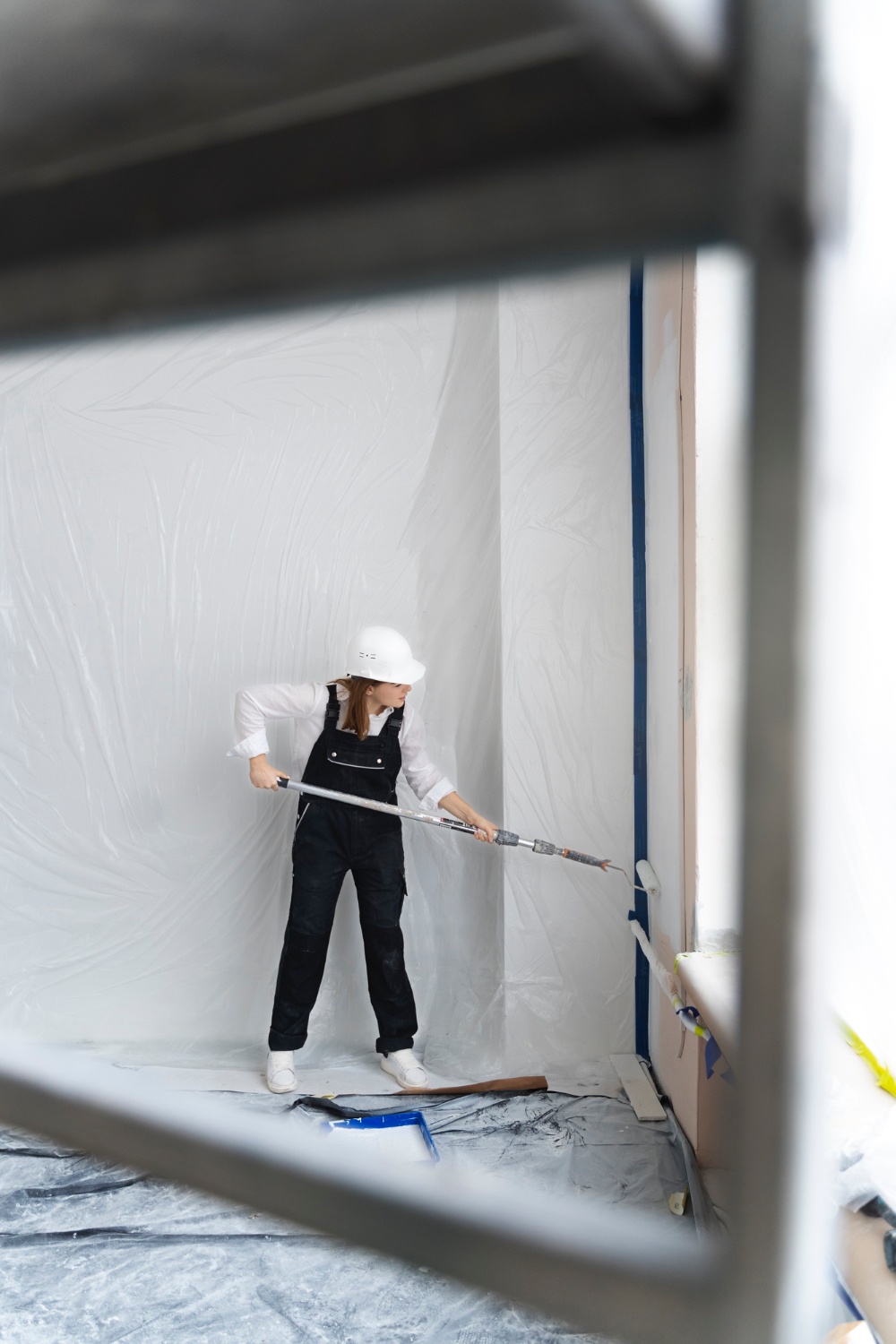
Insulating your crawl space can help keep out pests, regulate indoor temperature, and save on heating/cooling bills. It is essential for those with rooms above a crawl space that feel warmer or colder than other house areas.
Rigid foam insulation is an excellent choice for insulating your crawl space because it doesn’t absorb moisture, become soggy, or lose its R-value over time. It is also more cost-effective than fiberglass insulation.
High Energy Bills
When a crawl space is uninsulated or improperly insulated, cold air seeps into living rooms, making heating your home more expensive. This can also result in lower indoor temperatures, sagging floorboards, and mold.
The best type of crawlspace insulation is rigid foam insulation. It comes in panels that installers cut to fit against the crawl space walls, and it prevents cold air from reaching the floors above. It also blocks moisture from escaping the crawl space and reduces noise levels. It is unfriendly to mold, isn’t appealing to pests, and lasts up to 80 years.
Rigid foam is also an ideal choice for insulating ductwork in crawl spaces because it is effective at blocking airflow and can help lower energy bills. However, it is more expensive than fiberglass batts or rolls and requires professional installation. Closed-cell spray foam is another option for insulating crawl spaces. It creates a robust air seal and thermal barrier when sprayed into the joist bays, but it is expensive and should be installed by professionals.
Unsealed Crawl Spaces
If your home’s crawl space is uninsulated, warm air can easily escape to the outside during winter, and cold air can enter during summer. This can cause your air conditioner and furnace to work harder, increasing energy bills. Insulating your crawl space can prevent this and help you save money on heating and cooling costs.
If you insulate your crawl space, choose an insulation that resists moisture. Foam board insulation is an excellent choice for crawl spaces because it can withstand dampness and mold. It also helps prevent water and humidity from eroding your home’s foundation. It’s best to use foam board in the walls rather than in the floor of your crawl space and seal any vents that open into the crawl space. A professional can recommend the best insulating material for your home’s crawl space and can ensure that all air leaks are sealed.
Moisture Issues
If you’ve ever seen moisture build up outside your home, it likely indicates high humidity levels in your crawl space. Running a dehumidifier can stave off the problems, but if you want to fix them permanently, consider encapsulation.
Crawl space insulation prevents ground moisture from entering the home, reducing mold and pest infestation issues and protecting your home from ground rot. It also makes the space more comfortable and affordable.
Fiberglass batt insulation is often installed in crawl spaces, but it can lose its R-value over time and may need to work better. Spray foam insulation doesn’t compress or fall and doesn’t lose its R-value like fiberglass, making it a better choice for long-term performance. It can be installed on the rim joist (which surrounds your crawl space perimeter) and paired with a plastic vapor barrier. The result is a completely sealed and airtight space that can save money on energy bills.
Mold & Mildew
Many homes have fiberglass insulation between the floor joists in vented, unconditioned crawl spaces. Over time, this insulation can lose its R-value and become damp. This encourages mold and mildew problems in the crawl space that can spread to other home areas.
In addition, damp crawl space insulation will make your HVAC system work harder to heat and cool your home. This can result in higher energy bills.
Insulating your crawl space with a vapor barrier and spray foam can prevent moisture and other problems. If there are any structural problems in the crawl space, such as rotted wood or pest intrusion, these will be repaired before a vapor barrier is installed and insulation is installed.
A professional will choose the best type of insulation for your crawl space. This can include spray foam, used for a sealed crawl space, or foam boards suitable for a vented crawl space.
